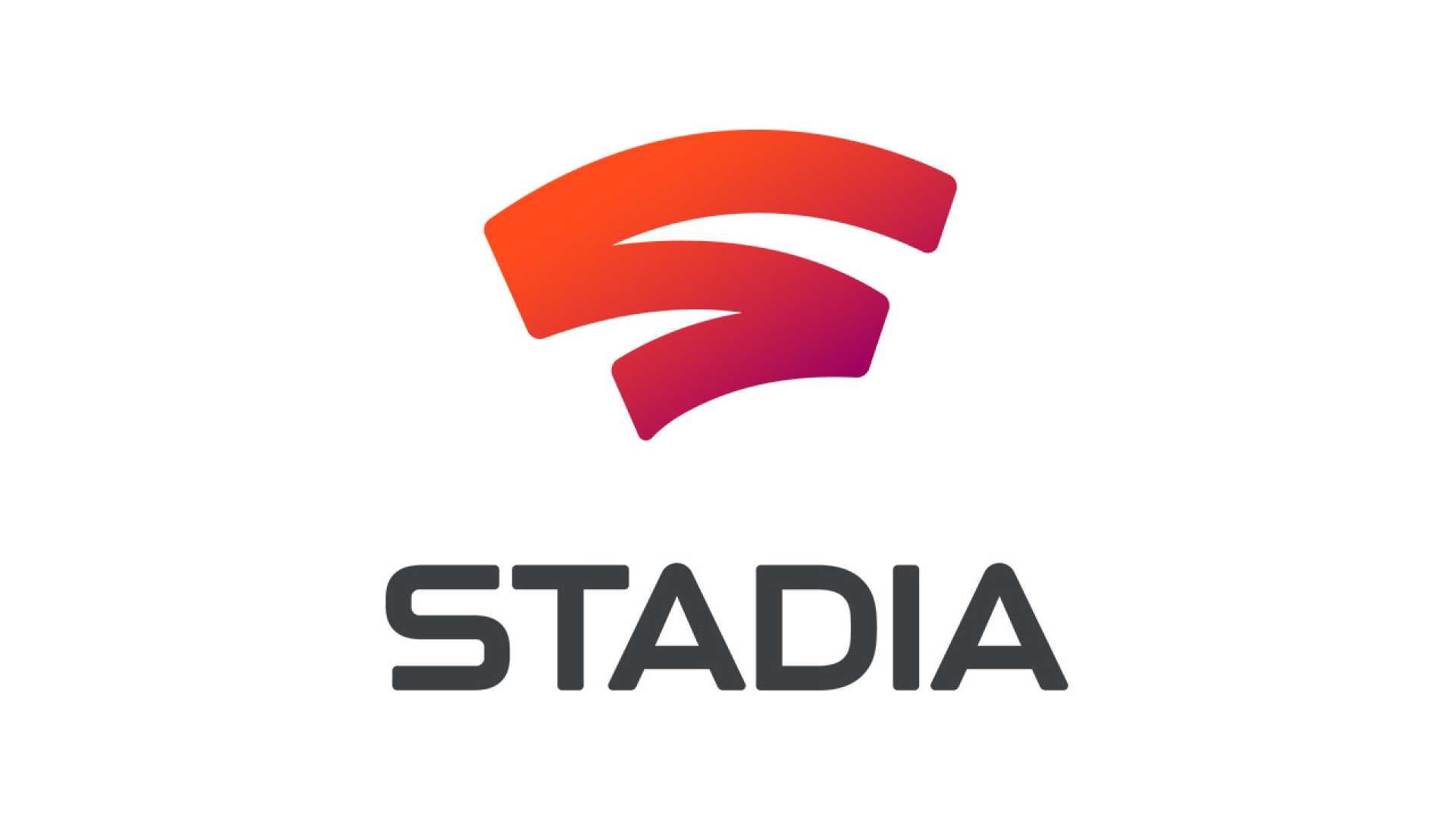Tech
Google’s Stadia: A Cautionary Tale in Cloud Gaming

CAMBRIDGE, Mass. — Google formally introduced its ambitious cloud gaming service, Stadia, during the 2019 Game Developers Conference, aiming to revolutionize how players access games without the need for traditional consoles. Despite significant investments in infrastructure, user adoption faltered, prompting tough decisions about the service’s future.
On February 18, 2025, during an episode of the Harvard Business School podcast Cold Call, Senior Lecturer Derek van Bever and coauthor Akshat Agrawal discussed the case study surrounding Stadia’s strategic dilemma: Should Google intensify its efforts to cater to casual gamers, or abandon the project altogether?
Gaming has experienced immense growth, particularly during the COVID-19 pandemic, with a Digital Wellness survey revealing that about 85% of teens are engaged with video games for an estimated two to three hours daily. Industry projections suggest e-sports viewership may reach 640 million by 2025, indicating a lucrative market ripe for exploitation.
“Stadia was envisioned as a way to eliminate the cost and inconvenience of gaming hardware,” said van Bever, highlighting the appeal of a cloud-based model that promised seamless gameplay similar to traditional consoles.
In discussing the compelling advantages of cloud gaming, Agrawal emphasized Google’s unique technical prowess derived from its extensive experience with platforms like YouTube. This expertise would theoretically enable efficient handling of bandwidth and latency issues, which are crucial for a quality gaming experience. However, he noted several challenges that Stadia encountered, such as confusing business models and a lack of familiarity with publishing and gaming cultures.
“The gaming industry is fundamentally a hit-focused business where user loyalty is paramount, especially among serious gamers,” Agrawal explained, pointing out that Stadia’s initial strategy targeted hardcore gamers. This approach put Google in direct competition with established console makers like Sony, which launched high-performance devices around the same time as Stadia.
Van Bever noted that Google struggled with the absence of crucial gaming industry skills and insights, resulting in an unclear value proposition to potential users. In attempting to cater to both serious and casual gamers, Stadia adopted a hybrid pricing model, combining subscription access with pay-per-game offerings that left many users feeling boxed in.
“This confusion was compounded when consumers realized that they not only had to pay a subscription fee but also purchase individual games,” van Bever said.
In response to competitive pressures, Google faced significant obstacles in establishing relationships with major game developers. Developers were hesitant to shift away from established revenue streams associated with traditional game sales to a subscription model that diminished immediate profits. “Game developers prefer to maximize revenue during a game’s initial release, rather than through subscriptions,” Agrawal added.
As discussions around Stadia’s future proceeded, the conversation turned towards what lessons could be learned from this case in cloud gaming. The challenges faced by Stadia—ranging from misreading user preferences to struggles with platform loyalty—represent both a cautionary tale and a potential roadmap for future endeavors in the cloud gaming space.
“For a company with Google’s resources, you might assume that any project could succeed, but the reality is far more complex,” van Bever concluded. “Achieving success in gaming requires an understanding of the culture, motivation, and loyalty that core gamers possess.”
As Google ends operations for Stadia, many await its next move in the evolving gaming industry landscape, hoping that lessons learned can inform future attempts.












